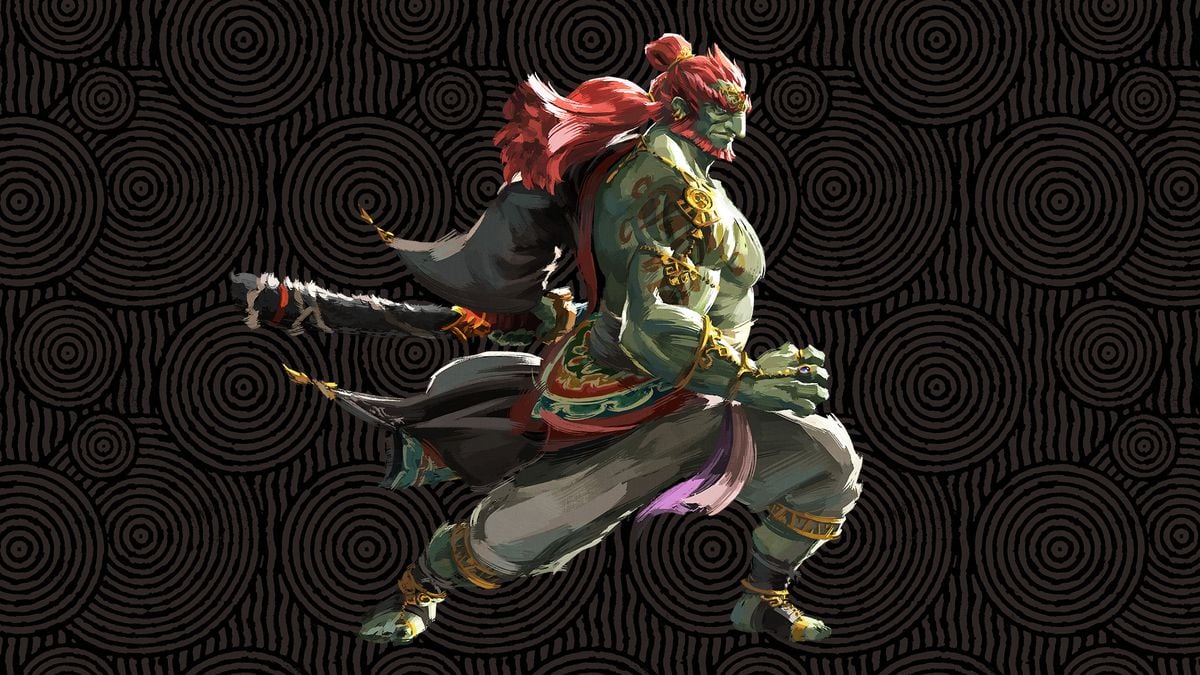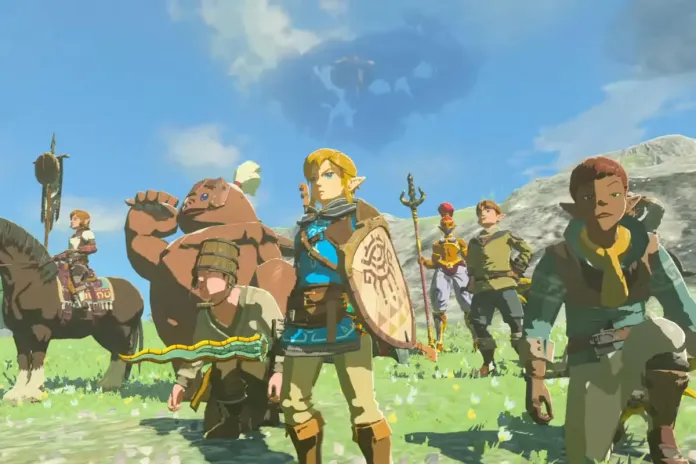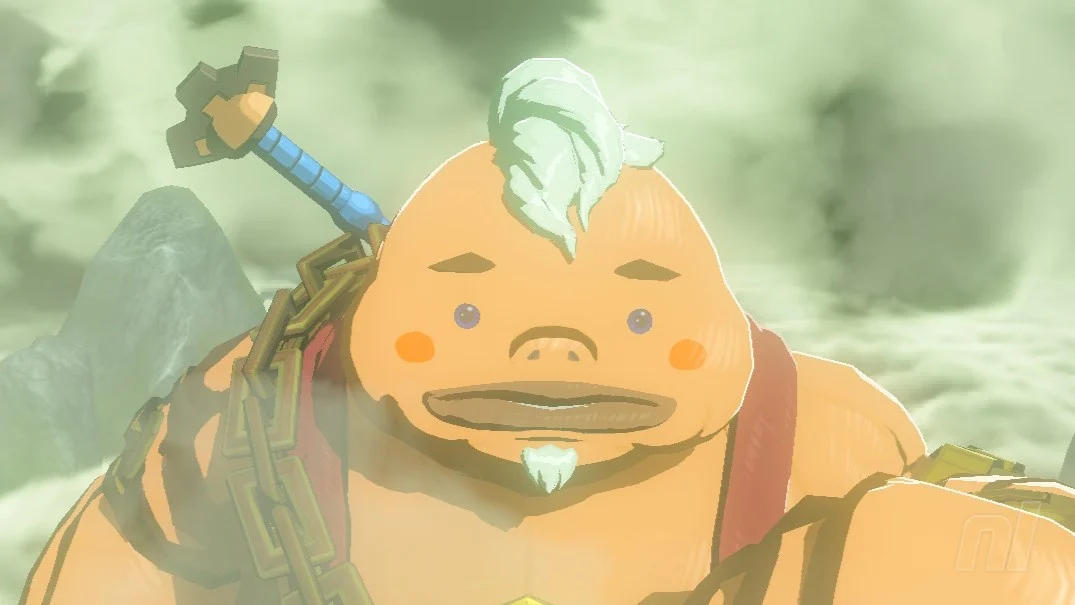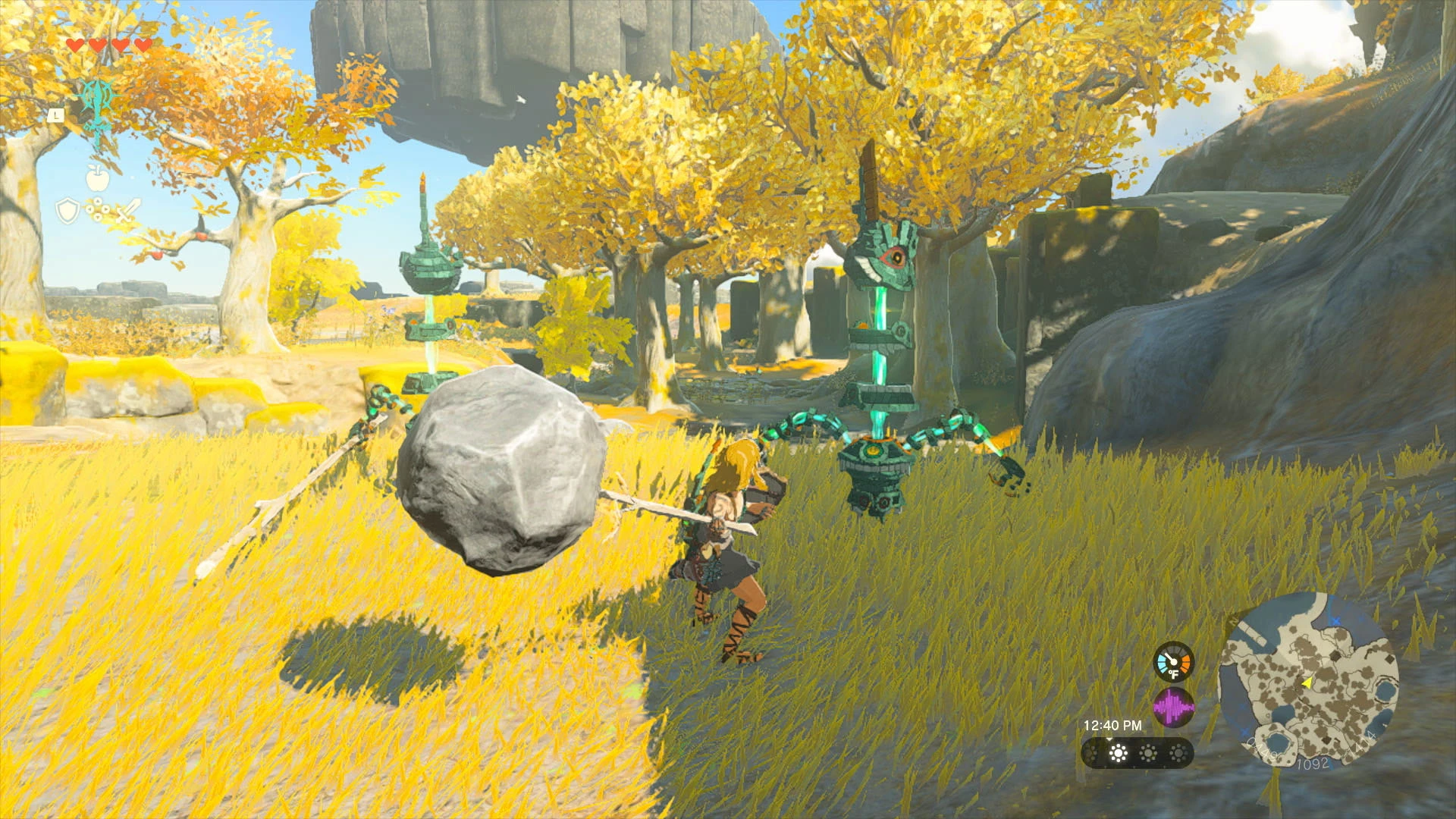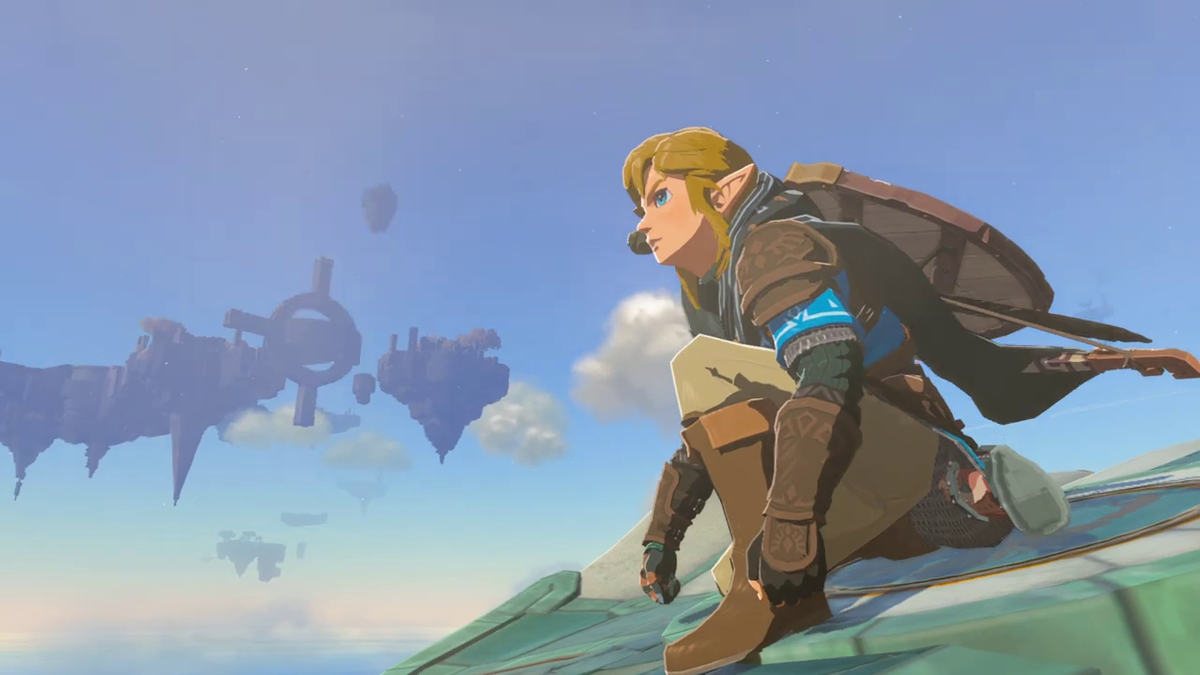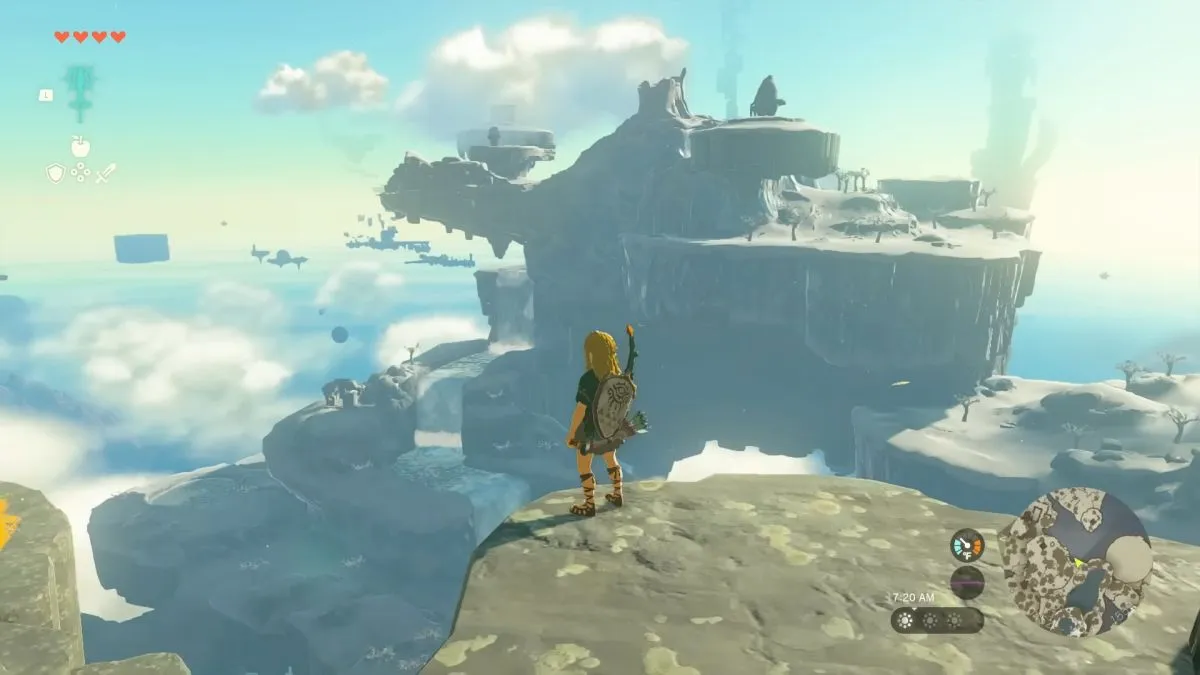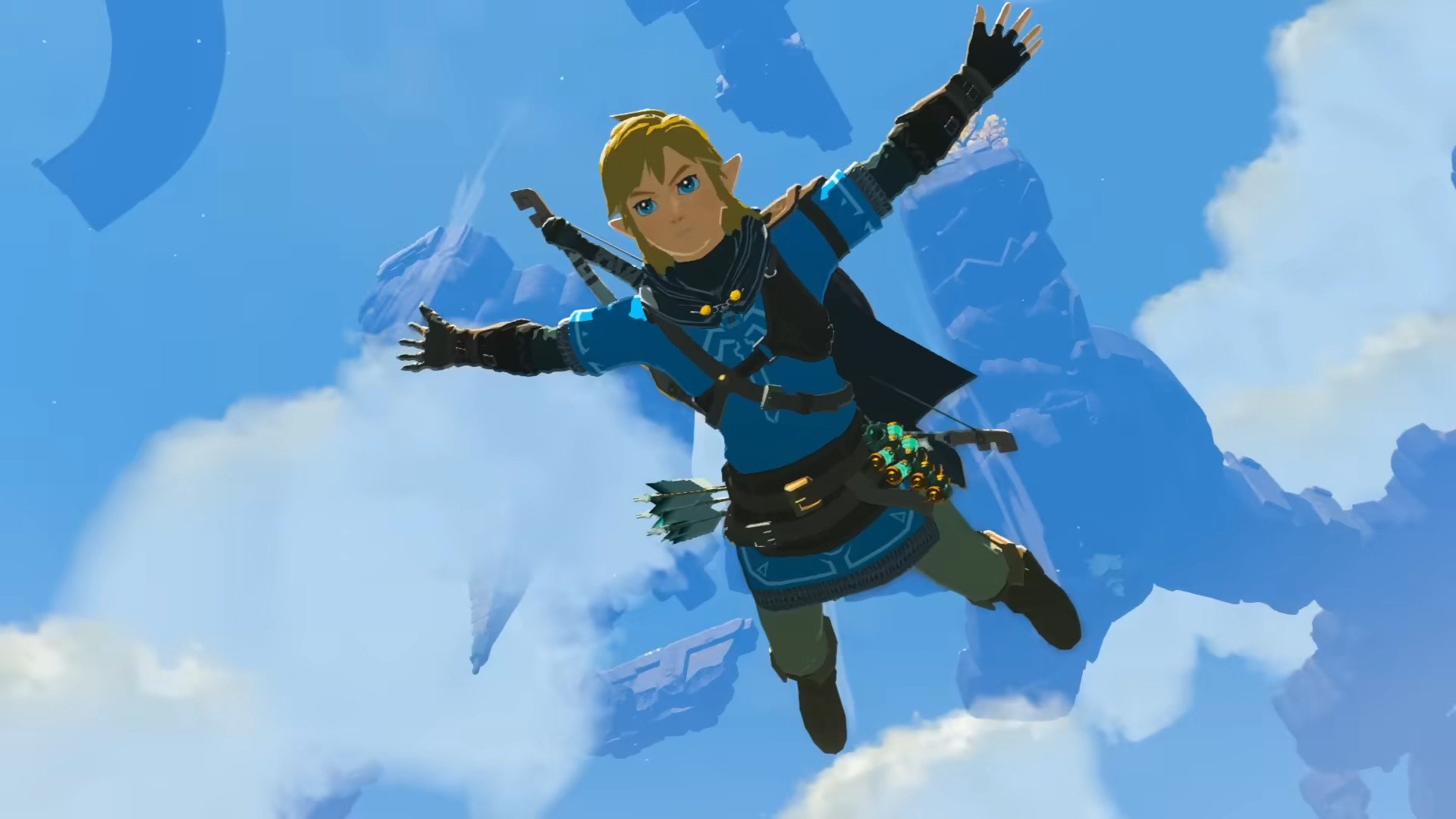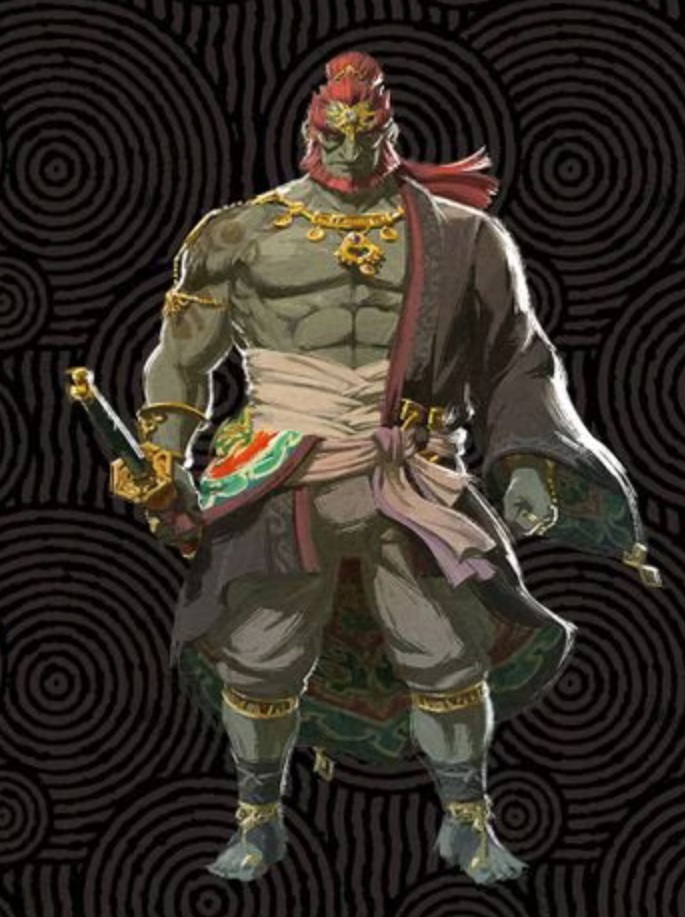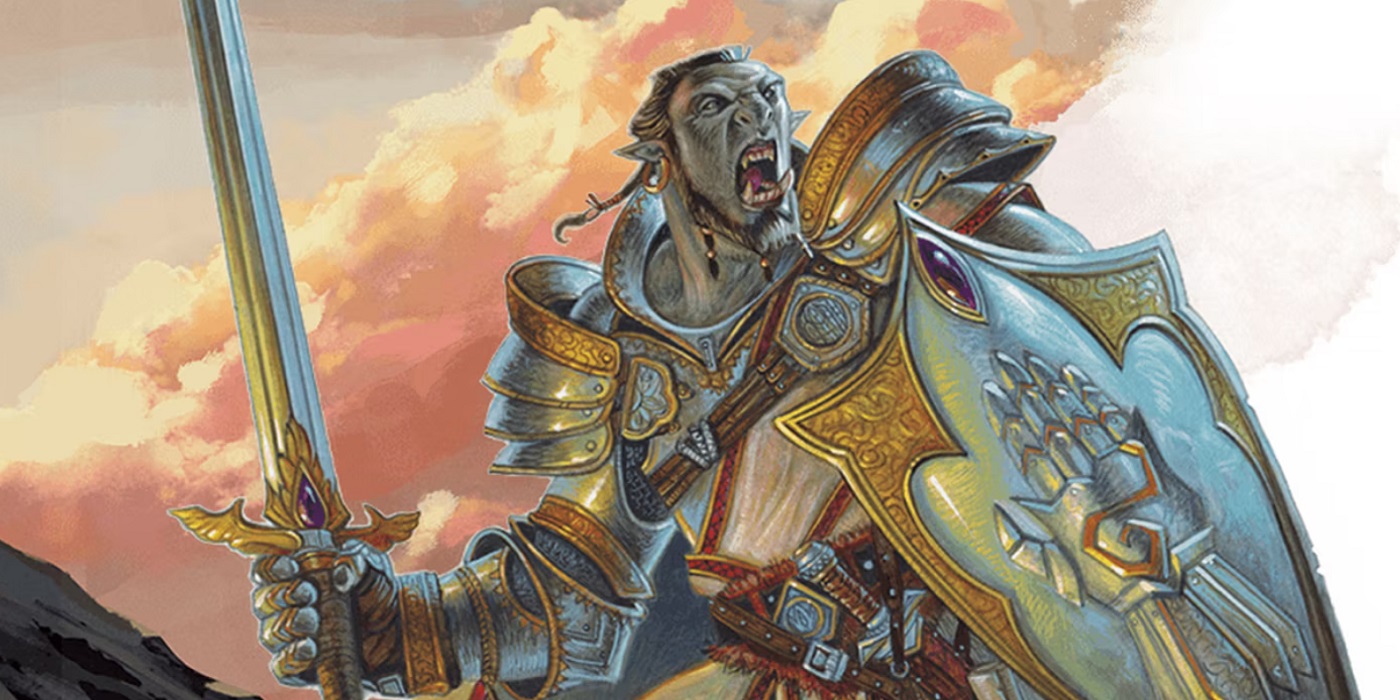So You Wanna Run Your RPG Like ‘Legend of Zelda: Tears of the Kingdom’
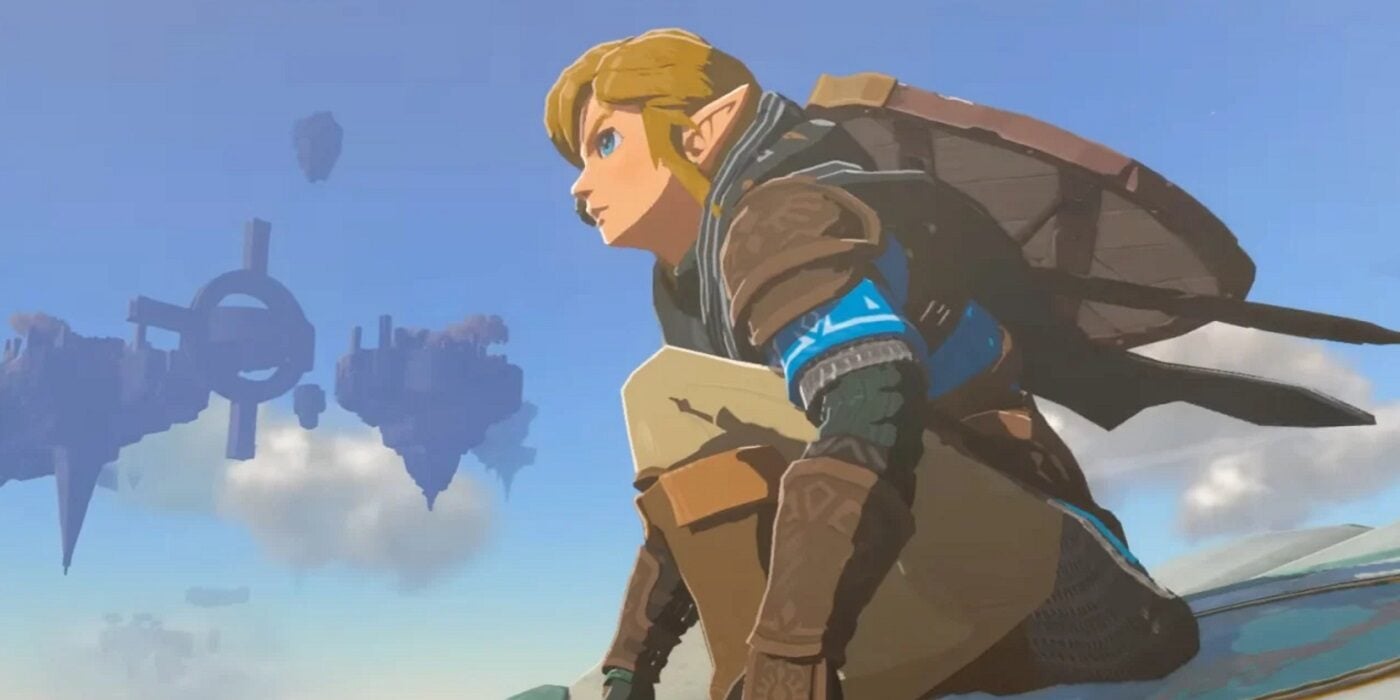
Tears of the Kingdom has consumed the world. You’re probably looking at your shelves wondering, “how do I steal that for my game?”
Look, if there’s one thing gamers love, it’s referencing your other nerddoms. All a show/game/book has to do is include a thing that’s from one other kind of fandom-y thing, and they’ve got it made. We’re all such suckers for it. Whether it’s allusions to Twilight Zone episode or outright calling out other popular games with one of your NPCs (looking at you Dragon Age Inquisition) and people will swoon at how clever it is.
And I don’t say this to warn against it. I swoon as much as the next person. When a game has a secret Metal Gear stealth level or something. We’re human! We’re especially good at recognizing patterns and we love it when those patterns are something we recognize. It makes us feel smart and clever and sexy.
This is why it’s perfectly natural to see a big popular game, and want to emulate it in your own games. Whatever system you’re running, the instinct to try and make it “just a bit more like Tears of the Kingdom” is palpable. A tension hanging in the air, as thick as the tension between hot Ganondorf and literally everyone else.
But how do you run a game that feels like Tears of the Kingdom instead of just borrowing the aesthetics or specific shibboleths that say “I’m cool, I know what’s up”?
In short? It’s hard.
How to Run a Game Like Tears of the Kingdom – Know When To Hold ‘Em, Know When to Fold ‘Em
Let’s start with the bad news. You can’t just run a game like Tears of the Kingdom. Even if you put a lot of work into it, Tears of the Kingdom was something made for its own specific medium. It has its own mechanics, it’s own assumptions about who’s going to play and how. TotK is a single-player game, while most TTRPGs are party-centric, for instance.
But while you can’t just directly paste the Tears of the Kingdom experience into your TTRPG campaign… you can evoke it. You can translate the experience. It takes a lot of work to do it. But it is possible.
You just have to know what experiences you want to capture. This means you’re going to have to take a hard look at yourself and your group.
Start by making a list of what feels like the essence of Tears of the Kingdom (or any other game, this one’s just hot right now and we need those clicks, thank you, by the way). For me, one of the best things about both Tears of the Kingdom and Breath of the Wild is the sense of exploring the world. Unfortunately for me, that’s really hard to make fun in a TTRPG.
Nintendo has a whole team dedicated to populating their world. It’s built, it’s confined, and they can code in every tree, every cliff, every Korok. But a TTRPG is different because you’re constantly creating and recreating it. But that means you can figure out what you want to evoke. And then you just have to figure out how.
Evocation – Not Just For Fireballs
So you have your list of things you want to evoke. Maybe it’s something like big dungeons, lots of puzzles sprinkled throughout, and a world that is fun to explore. That’s my list. Yours will vary, maybe, but that’s the beauty of TTRPGs, we get to make them ours at our own table.
The ugly truth, though, is that we have to make them ours. If you don’t do that work, you’ll miss out on what makes the thing, the thing itself.
Case in point, one of the more exciting things in Breath of the Wild was the idea that you can just go climb any tree. For the sheer joy of doing it. This is technically true of any RPG where there are trees.
In D&D 5E, for instance, you can climb a tree and it’s as easy as making an athletics check. But that’s not fun in and of itself. Not in the same way that doing that in BotW or TotK is. “I can go and climb any tree just for the sake of it and it’s fun” doesn’t translate directly. But you can evoke that feeling of exploration.
It’s not necessarily about figuring out how to make rolling an athletics check inherently fun just to do it. But it’s about surprising the people trying to do it. People engage with the system of TotK to see what happens when they try something. And in a TTRPG the GM, or the players at the table, if GM-less, is/are the system.
So if you wanted to capture the joy of exploring in Tears of the Kingdom, you do that by both inviting the player characters to explore and then surprising and rewarding them when they do.
If you’re not sure where to start, think about what would be fun for you to find if you went out into the world. Imagine playing in a party and saying “now my thief climbs to the rooftops to scout”. What would you want to find while up there?
What would feel good—and here’s the thing, it’s not necessarily about finding unexpected treasure, or whatever. A lot of players would be excited to find an enemy up there to fight or walk in on an unexpected NPC up there. It creates a sense that the world is real and invites you to explore deeper.
You can’t always plan for this. It’s hard to say “there’s an NPC on top of every building.” And if you did, it’d get old, it’d feel clunky. Running/playing a TTRPG is as much an art as it is a game. You have to get a feel for the balance and pacing of it. Same with Tears of the Kingdom. But while not every corner has something interesting in it, there’s a reason to look in the first place.
Vistas – Not Just For Windows Anymore
It’s exhausting to try and think about what’s around every corner for your home game. Instead, think about what’s around some of the corners. And then, show your players those corners. You see it a lot, not just in Tears of the Kingdom but in games like Elden Ring too.
You come to a big expansive vista full of possibilities. Now it’s not the same to say “and then you see the forest stretching out before you.” Again, that’s not inherently exciting in a TTRPG. But you can make it feel exciting, by teasing the party a little bit. Hinting at the things that might be out there.
You might describe a ruined tower jutting out of the forest canopy in the distance. Or the looming skull on the nearby mountain. But that too can feel a little passive. A player might not want to go try and find the tower just because you told them it was there…
One thing you can do is make the discovery feel both unexpected and like it was something the player did to sort of “best the system” a little bit. Call for a die roll. Whether it’s a skill check or maybe a soft move that might provoke an active choice from the player, there are plenty of ways you can make it be the player’s active participation in the world that “unlocks” the discovery.
Imagine our big expansive forest with the ruined tower scenario. Now instead of leading with the tower, you might describe the forest vista, then call for the player to take action. When they do, you might even say something like “you do spot something else… something more…” Again it’s about the feeling of discovery. Make this moment feel dramatic like the player themselves (not just the character) got away with something. Like they did something unexpected. It’s absolute magic.
You’re Not My Real Dad
Because players love to feel like their choices are real. And that they matter. Which is what Tears of the Kingdom delivers at any corner. Whether it’s with intricate crafting mechanics that let players absolutely obliterate everything with logs. Or with tricky geographical puzzles that they can find creative solutions.
It’s doubly true in a TTRPG where you can do anything. It ultimately comes down to feeling like your choices matter.
And if you want to evoke the feeling of Tears of the Kingdom there’s a lot of freedom in it. People do the most creative stuff with that game. It hasn’t even been out a week and people have already made Mechs in there. Some people are out there playing Macross with Zelda and the master sword.
Evoking that is as much a part of making your game like Tears of the Kingdom. You have to set expectations, but let the players actively make the choice. Like Morpheus, you can only show someone the door. They have to open it.
But you can make that door very appealing. Without even having to have magic logs. If you can make a game of figuring out how to cross a chasm and make that feel fun or feel like the players have somehow beaten the game, or beaten you at your own game, you’ve got it made.
Let People Get Real Weird
The last bit of practical advice I can think of is just to let people be weird. They’re out there launching Koroks into space.
Put a bunch of weird little guys in your game, and let the players use them to solve environmental puzzles. Stack kobolds to climb to previously inaccessible places? Perfect.
Actually, that’s a good way of playing with puzzles and tension. Show people something that they want to do, and then say “well you can’t do it just yet, maybe try something”. The trick with a TTRPG is, you have to figure out how to let your players know if what they’re trying is working, people hate wasting time.
But they love making weird little guys do weird little things.
How would you make your game like ‘Tears of the Kingdom’?

